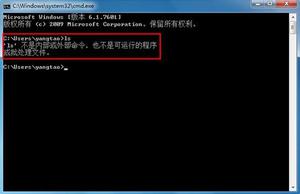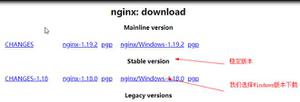Java8新特性Function、BiFunction使用

闲话不多说,直接看代码,注释都写的很清楚了。
package com;import java.util.function.BiFunction;
import java.util.function.Function;
public class DemoFunction {
public static void main(String[] args) {
DemoFunction t1 = new DemoFunction();
// Function函数的使用
Integer addResult = t1.compute(3, value -> value + value);
System.out.println("加法结果:" + addResult);
Integer subResult = t1.compute(3, value -> value - 1);
System.out.println("减法结果:" + subResult);
Integer multipResult = t1.compute(3, value -> value * value);
System.out.println("乘法结果:" + multipResult);
Integer divisionResult = t1.compute(6, value -> value / 3);
System.out.println("除法结果:" + divisionResult);
// 使用compose场景, 从右向左处理, 这里就是 (6 * 6) + 10 = 46
Integer composeResult = t1.computeForCompose(6,
value -> value + 10,
value -> value * value);
System.out.println("Function compose 结果:" + composeResult);
// 使用andThen场景, 从左向右处理, 这里就是(3 + 20) - 10 = 13
Integer andThenResult = t1.computeForAndThen(3,
value -> value + 20,
value -> value - 10);
System.out.println("Function andThen 结果:" + andThenResult);
// 使用 BiFunctioin场景, 这里是 2 + 3 = 5
Integer biFuncResult = t1.computeForBiFunction(2, 3,
(v1, v2) -> v1 + v2);
System.out.println("BiFunction 结果:" + biFuncResult);
// 使用 BiFunctioin andThen场景, 这里是 (2 * 3) + 6 = 12
Integer biFuncAndThenResult = t1.computeForBiFunctionAndThen(2, 3,
(v1, v2) -> v1 * v2, v1 -> v1 + 6);
System.out.println("BiFunction andThen 结果:" + biFuncAndThenResult);
}
/**
* @param num
* @param function
* @return
* @desc 使用JDK8 Function函数
*/
private Integer compute(Integer num, Function<Integer, Integer> function) {
Integer result = function.apply(num);
return result;
}
/**
* @param num
* @param function1
* @param function2
* @return
* @desc 使用compose函数,简单的说,就是从右向左处理。
*/
private Integer computeForCompose(Integer num,
Function<Integer, Integer> function1,
Function<Integer, Integer> function2) {
return function1.compose(function2).apply(num);
}
/**
* @param num
* @param function1
* @param function2
* @return
* @desc 使用andThen函数,简单的说,就是从左向右处理。
*/
private Integer computeForAndThen(Integer num,
Function<Integer, Integer> function1,
Function<Integer, Integer> function2) {
return function1.andThen(function2).apply(num);
}
/**
* @param num1
* @param nuum2
* @param biFunction
* @return
* @desc 使用BiFunction
*/
private Integer computeForBiFunction(Integer num1, Integer num2,
BiFunction<Integer, Integer, Integer> biFunction) {
return biFunction.apply(num1, num2);
}
/**
* @param num1
* @param num2
* @param biFunction
* @param function
* @return
* @desc 使用BiFunction andThen方法
*/
private Integer computeForBiFunctionAndThen(Integer num1, Integer num2,
BiFunction<Integer, Integer, Integer> biFunction,
Function<Integer, Integer> function) {
return biFunction.andThen(function).apply(num1, num2);
}
}
以上是 Java8新特性Function、BiFunction使用 的全部内容, 来源链接: utcz.com/z/391336.html




